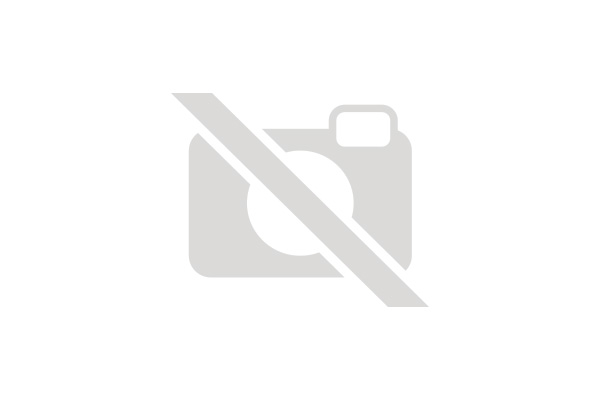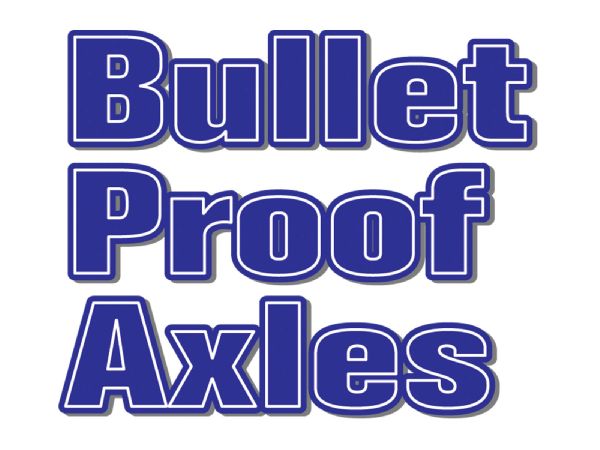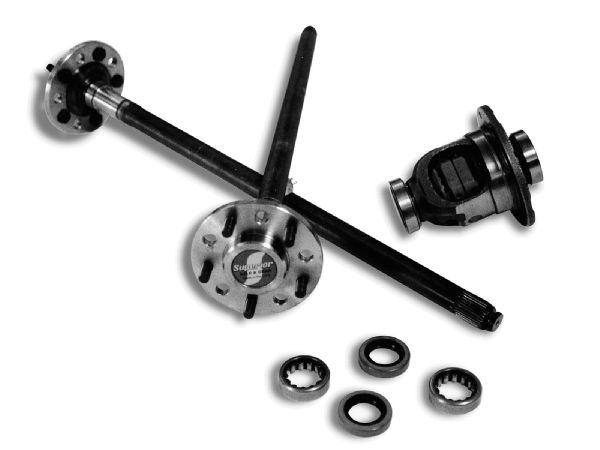 Rick Péwé
Editor-in-Chief, 4Wheel & Off-Road
Rick Péwé
Editor-in-Chief, 4Wheel & Off-Road
The Dana Model 35-C axle has been around for quite a while, in various forms and applications. The most common is the C-clip design found in most of the Jeep Wranglers, Cherokees, Comanches, and Wagoneers.

Except for the notorious C-clip itself, the rearend gives quite adequate service to the majority of Jeep owners, especially in stock form. But start adding bigger tires and lower gears, and the little axles don't perform as expected.
Many aftermarket companies have produced options and upgrades for the 35-C, including lockers, different gear ratios, and disc brakes. But until recently no one has addressed the major weakness of the unit: 27-spline axleshafts, which are notoriously weak. A broken axleshaft on these units means the tire and wheel leave the Jeep while in motion, since only a C-clip inside the differential retains the axle. ARB developed and markets a C-clip eliminator kit, which places a retained bearing at the axle end, which eliminates the loss of the tire and wheel, but doesn't make the shaft any stronger.
But if you have a stock axle under the rear of your Jeep, fear no more. Superior Axle has just introduced a 30-spline, high-strength axle kit that's over 35 percent stronger than the factory unit. The increase in spline count from 27 to 30 comes with a size increase in diameter to 1.31 inches, the same as a Dana 44! And these aren't just cut-down and splined aftermarket jobs. These new axles feature rolled splines, just like the factory does it. Induction-hardening also makes the shafts far stronger and durable, and the improved tapered-shaft design gives the axle more resilience.

The larger diameter and spline count also mean a different differential is needed to accept the new axleshaft, so Powertrax has developed a special LockRight locker, available only from Superior Axle and Gear, to fit the beefier axleshafts. To further strengthen the whole shebang, a new replacement carrier is specially modified by machining and heat-treating critical areas to increase the strength and durability of the stock carrier. The new carrier bearings and LockRight come installed on the carrier, and new axle bearings and seals are also included. DriveTrain Direct has even started development of a truss for these axles, which have a habit of bending under severe use.
We recently went to DriveTrain Direct, a leading distributor of Superior Axle and Gear products, to check out the installation of the new setup, which is relatively painless to install. Complete instructions come with the kit, and for the most part can be done in your own garage, with the axle still in the vehicle. Follow the photos and see how easy it is to really beef up your 35-C.
PhotosView Slideshow













